Hockney’s heights: price versus value
Simply sign up to the Life & Arts myFT Digest -- delivered directly to your inbox.
Prices for fine art sometimes seem more abstract than a Jackson Pollock. So it is with David Hockney’s 1972 “Portrait of an Artist (Pool with Two Figures)”, which Christie’s will offer for around $80m at auction in New York this November. At this level, Hockney would be the priciest living artist at auction, taking the crown from Jeff Koons, whose “Balloon Dog (Orange)” (1994-2000) sold for $58.4m in 2013. Hockney’s current auction record of $28.5m was made in May.
It’s difficult to draw the line at where value and price diverge, especially with art, which can mean so much more than the sum of its parts. But certainly the auction house system of offering sweeteners to consignors and guaranteeing their works at such high levels is distorting reality: it’s hard to resist selling when offered a free service or the surety of a higher-than-expected price.
That the Hockney is not guaranteed exudes market confidence plus some new-season bravado on the part of Christie’s and the painting’s reported seller, currency trader and Tottenham Hotspur football club owner Joe Lewis. But for a guarantee to kick in later in the game is now the norm.
Hockney’s “Portrait of an Artist (Pool with Two Figures)” is a beautiful, significant and market-friendly painting, deserving of its institutional heft, but could it really reach $80m without a helping hand? Pass the popcorn.
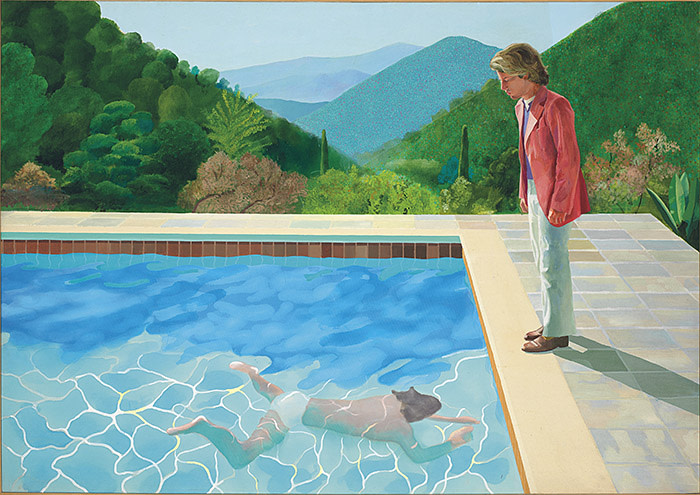
Modern and contemporary art galleries are stretching their definitions back in time this season. Last week, London’s Michael Werner gallery opened a show of work by the 19th-century Burgundy painter Pierre Puvis de Chavannes (until November 10). Meanwhile, in New York, David Zwirner gallery opened Endless Enigma, a show organised with the Old Masters and 19th-century specialist Nicholas Hall. Works in the mostly selling exhibition span the 12th-century (a limestone grotesque head) to a 2017 Michaël Borremans painting (until October 27).
Gordon VeneKlasen, partner at Michael Werner gallery, describes Puvis de Chavannes as a “strange figure”. The artist was admired by Paul Cézanne and Vincent van Gogh, he says, and notes that several of today’s artists are “obsessed” with him, including gallery stalwarts Markus Lupertz and Peter Doig. “We are posing the questions, isn’t he a missing link between Mannerism and Modernism? Doesn’t he belong in the discussion?”
Such experimentation is rare during the relentlessly commercial Frieze Week — is this a sign that some of the heat is coming out of the contemporary and modern markets? “It’s more that so much of our business is now done at the fairs and we have Frieze, Fiac and [Art Basel] Miami Beach ahead. So when we make a show, we want to add something else,” VeneKlasen says. The Puvis de Chavannes paintings are priced between $300,000 and $800,000; drawings from $30,000.
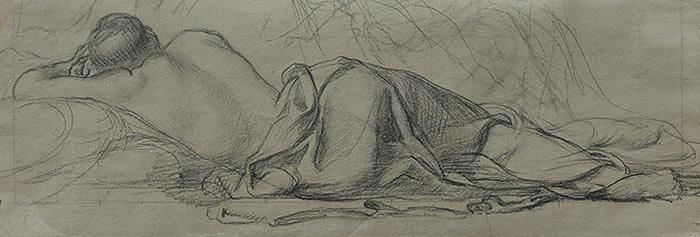
Also looking back to the past is Nicholas Campbell, an art adviser who carved out a niche in contemporary art priced under £10,000 and is now widening his range. He has joined forces with his cousin, Toby Campbell, a specialist at Old Masters gallery Rafael Valls for more than 20 years. They are forming Campbell Art Advisory, partly because of the attractive relative values of older art. “It never fails to amaze me that you can get a perfect watercolour by Turner for about £70,000, or a very decent Reynolds for well under £100,000. A similar budget wouldn’t even get you close to a half-decent artwork by one of today’s leading artists,” Nicholas says.
Transparency, authentication and security continue to be thorns in the art market’s side, particularly when it comes to online sales. This is the thinking behind a tie-up between Invaluable, a platform for more than 6,500 auction houses worldwide, and Artmyn, the high-tech Swiss scanning company that also recently started working with Sotheby’s.
Artmyn provides high-resolution videos and images that I’m told are about 100 times more powerful than an iPhone, including those taken under UV light. “It’s like having bionic eyes,” says Rob Weisberg, chief executive of Invaluable, who is offering the technology to all its auction houses. “You can fly between individual brushstrokes on a painting and see everything in microscopic detail. It’s safer to buy this way than with the naked eye.”
The first firm to take up the offer is Boston’s RR Auction, though not for a piece of fine art. On Tuesday it is selling an Apple-1, the first of the computers built by Steve Jobs and Steve Wozniak in 1976 (est $300,000-$400,000). The current record price for an Apple-1 stands at $815,000, made in 2016.
It can be a joy when art pops up in unexpected places so a project that puts art in 10 hairdressers and beauty salons along the route of London’s 63 bus is a welcome addition to the city’s scene.
Supported by Arts Council England, “Salon 63” runs until Monday and includes films, performances and other site-specific pieces by 13 artists in beauty parlours stretching from Clerkenwell’s Barber Streisand (go for the name alone) and Peckham’s Divine Destiny at the other end of the line.
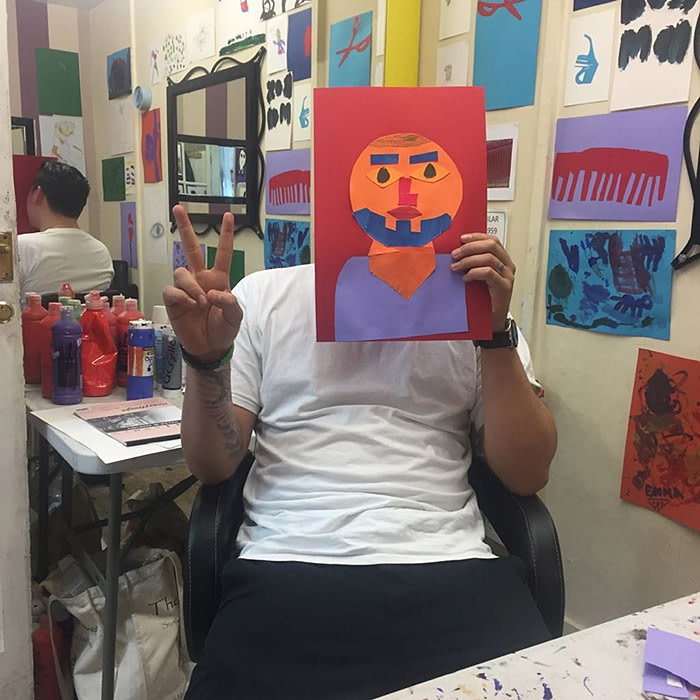
Some works are for sale, including collages by Gabriele Beveridge, made using hairdresser stock images (up to £6,000, in Miami Health Club), and supersize fingernails, with beauticians’ stories painted in polish, by Kirsty Turner Jones (“Memories of Vietnam”, £1,500 each, at Diamond Nails).
These locations, says organiser Sasha Galitzine, “are much more than places for pampering, [they are] bastions of community support, friendship, fun.”
Exhibition: Alabaster at Ordovas, London
Sculptors have long been drawn to the special properties and symbolism of alabaster — soft, translucent and thought by some to have healing powers.
A forthcoming exhibition at Ordovas, London, brings together fine examples from across the centuries, featuring works from the ancient world that prefigure the modernist abstractions and organic forms of Henry Moore, Eduardo Chillida, Anish Kapoor and Isamu Noguchi also on show.
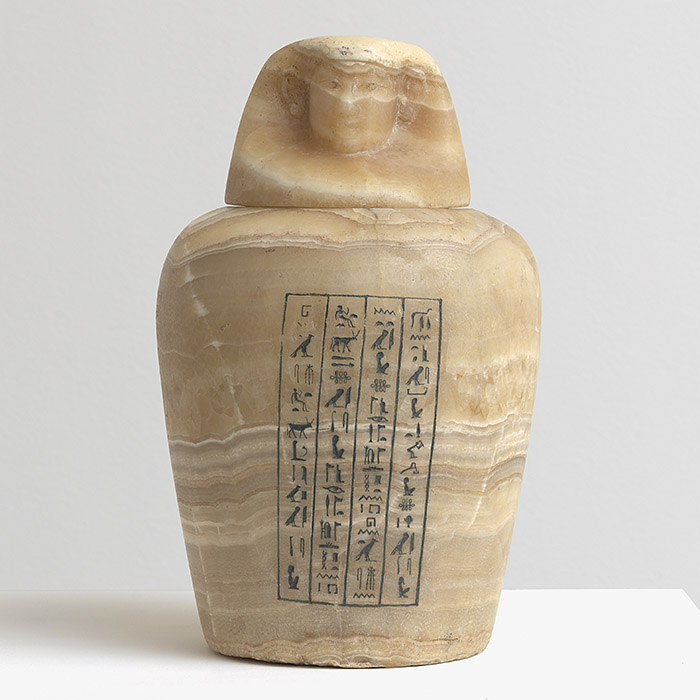
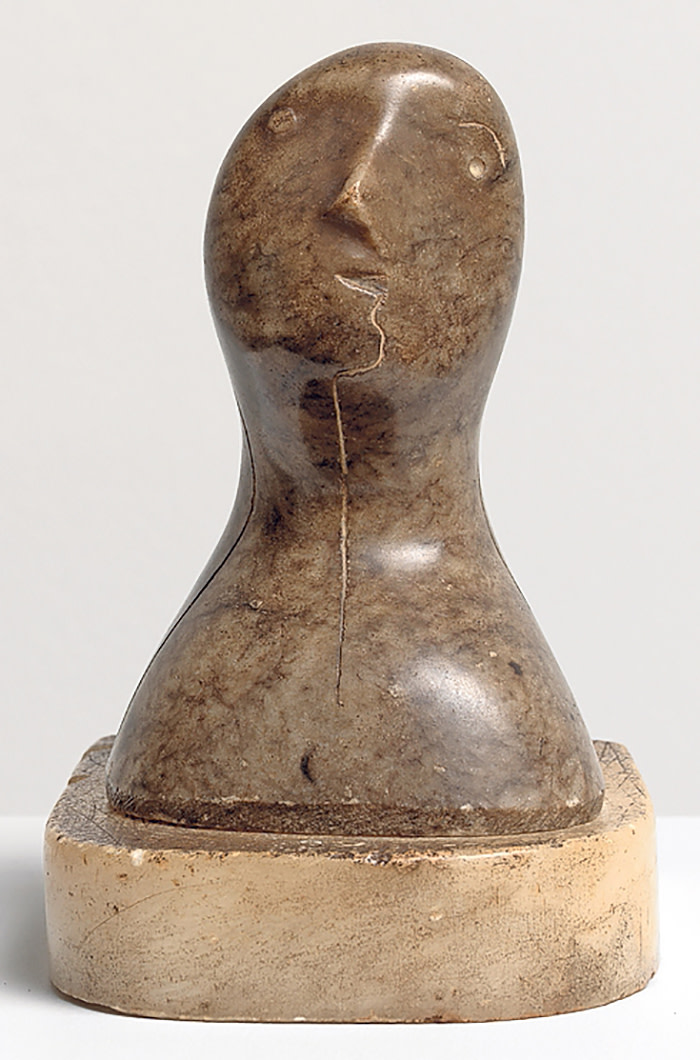
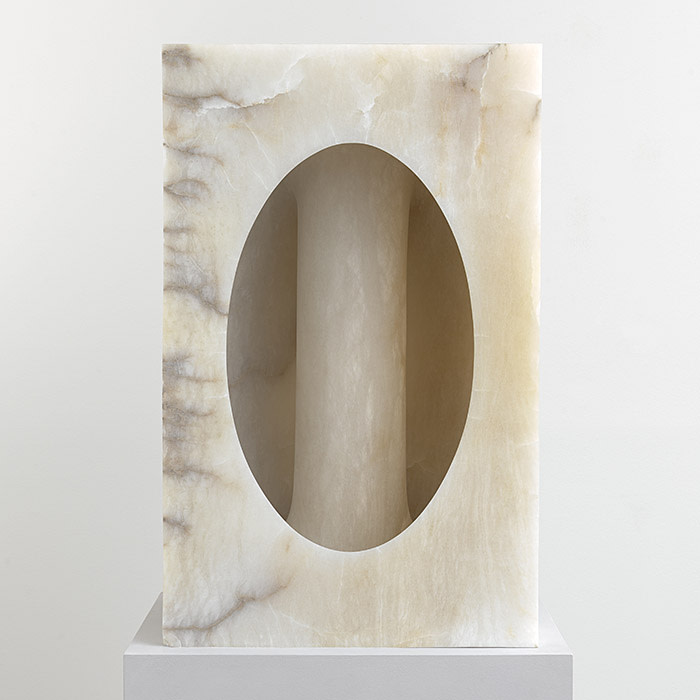
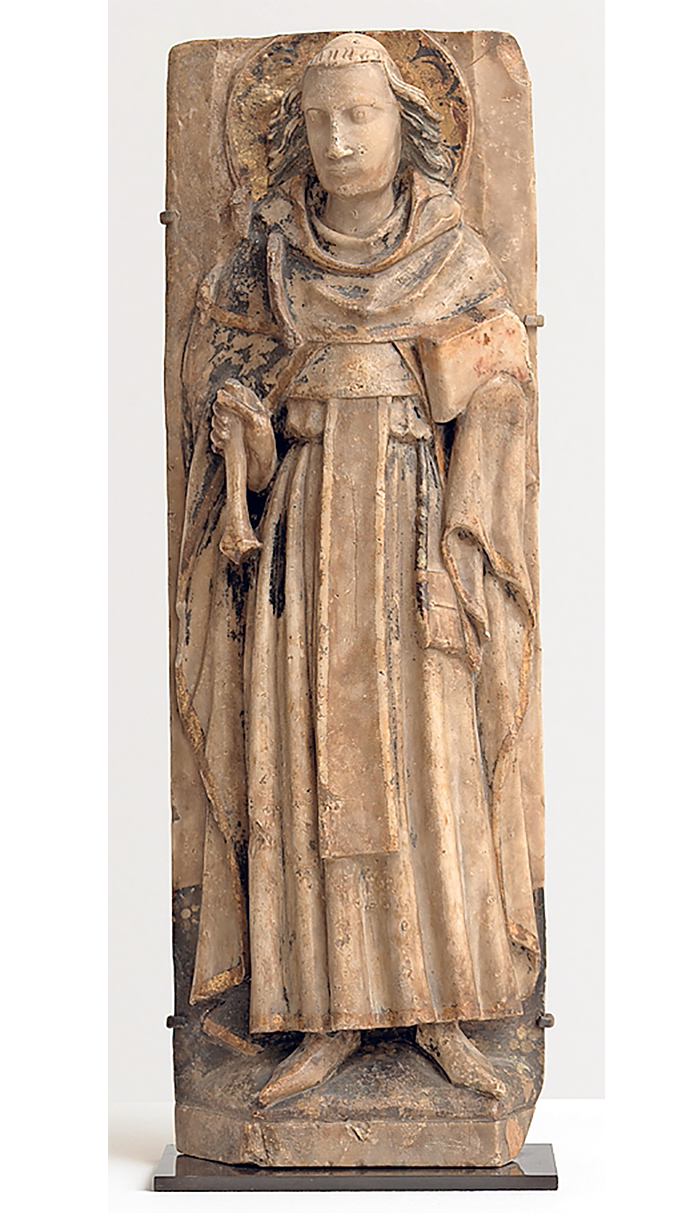
September 28-December 15, ordovasart.com
Follow @FTLifeArts on Twitter to find out about our latest stories first. Subscribe to FT Life on YouTube for the latest FT Weekend videos
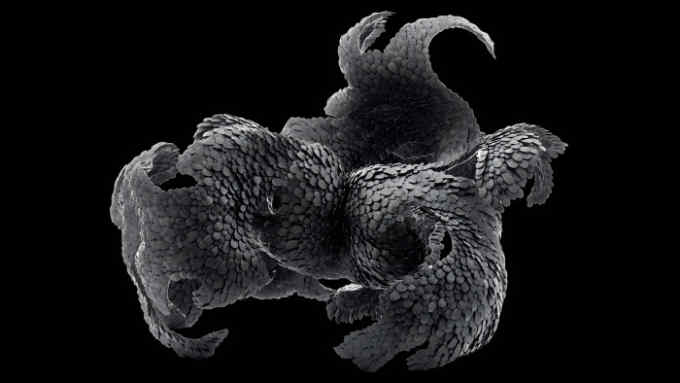
Comments